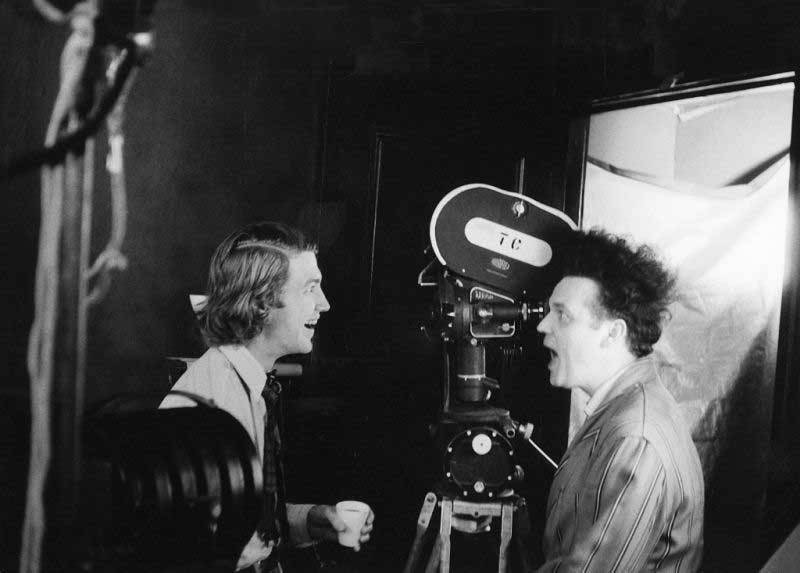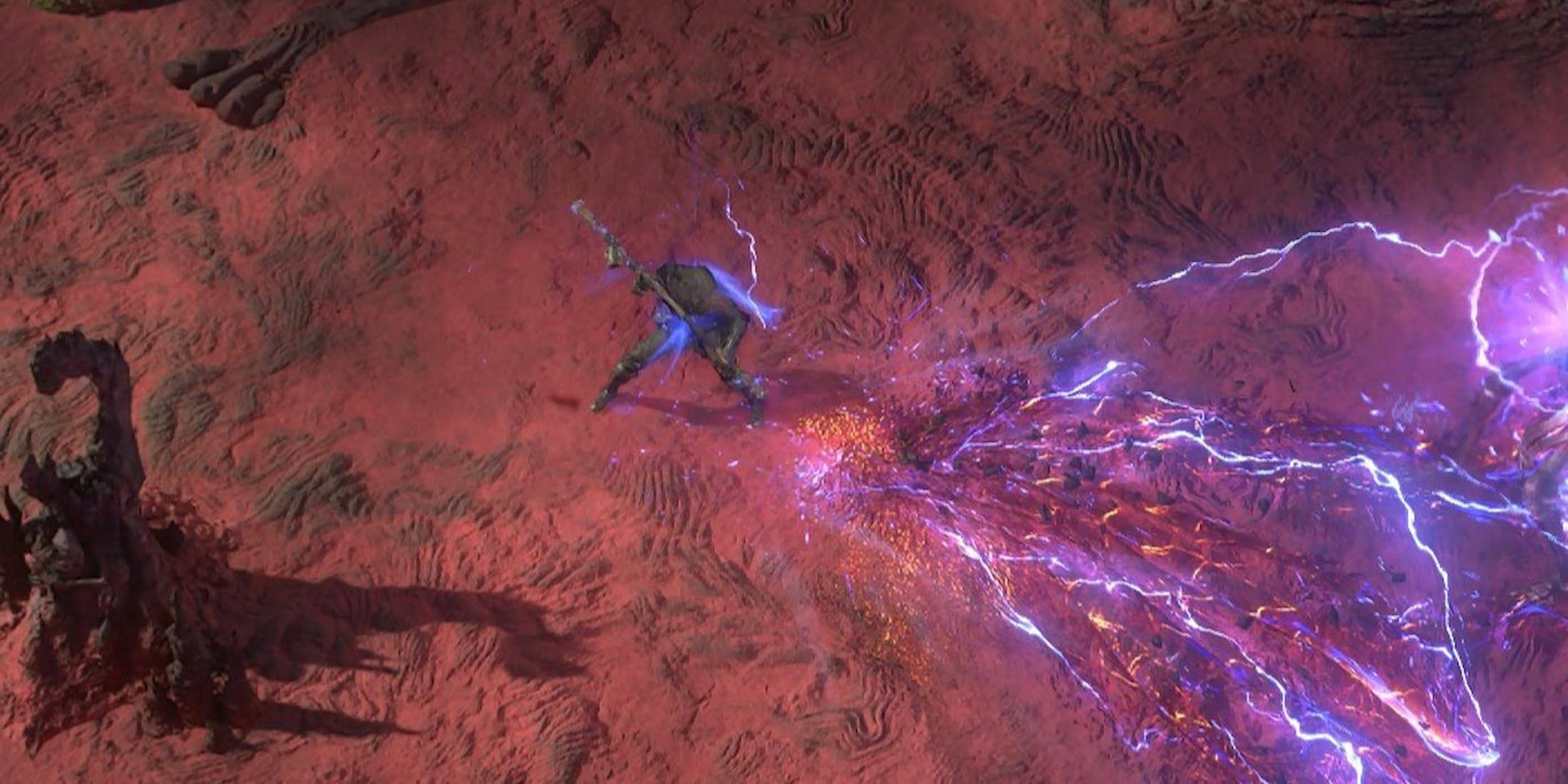David Lynch: A Unique Filmmaking Legacy
The pilot episode of Twin Peaks captures a moment that encapsulates the essence of David Lynch's style. It begins with the mundane routines of high school life: a student sneaking a cigarette, another being summoned to the principal's office, and the taking of attendance in a classroom. This normalcy is abruptly shattered when a police officer enters the room and whispers to the teacher. A scream pierces the air, and through the window, a student is seen sprinting across the courtyard. The teacher struggles to contain her emotions, hinting at an impending announcement. Lynch's camera then focuses on an empty seat in the classroom, and two students exchange a knowing glance, realizing that their friend Laura Palmer is no longer with them.
David Lynch excelled at capturing the surface details of everyday life, but his work always delved deeper, revealing something unsettling beneath. This scene from Twin Peaks is a quintessential example of his thematic approach, yet it's not the only defining moment of his career. With over four decades of creating films, TV shows, and art, Lynch's work resonates differently with each fan, offering a diverse range of moments that could be considered his most representative.
The term "Lynchian" has come to describe that elusive, dream-like quality that permeates his work, making it difficult to pinpoint exactly what feels off. This quality is at the heart of why his passing is so challenging for fans. Lynch's unique voice touched many, yet its appeal varied widely among his audience.
Few artists can claim to have inspired a new adjective, but "Lynchian" joins the ranks of "Kafkaesque," signifying something more than just the specifics of his work. It's a term that captures a broader, unsettling, and disorienting experience. Like "Kafkaesque," "Lynchian" transcends the confines of genre or style, reflecting a universal feeling of unease.
Watching Eraserhead was a rite of passage for budding film enthusiasts, and this tradition continues across generations. Lynch's influence is timeless, as seen when younger viewers, like the teenage son of one of us (Scott), chose to immerse themselves in Twin Peaks on their own. The series' enduring appeal, even during its more challenging arcs like the Windom Earle era of Season 2, speaks to the odd yet captivating nature of Lynch's work.
Lynch's ability to blend the surreal with the nostalgic was evident in Twin Peaks: The Return in 2017. The show featured a child's bedroom that seemed frozen in time, reminiscent of 1956, while also unfolding in a world filled with bizarre and terrifying elements. This refusal to adhere to Hollywood's nostalgia-driven trends and instead follow his own creative path is quintessentially Lynchian.
When Lynch did play by Hollywood's rules with Dune, the result was a notorious misfire that still bore his unmistakable stamp. Despite the challenges he faced during its production, as detailed in Max Evry's book A Masterpiece in Disarray, Lynch's Dune included his signature bizarre imagery, such as a cat/rat milking machine.
Lynch's work often balanced the unsettling with the beautiful. The Elephant Man, his closest venture into mainstream cinema, was a poignant and touching film set against the backdrop of a harsh and disorienting historical period. This duality is a hallmark of his work, embodying the "Lynchian" essence.
Attempting to categorize Lynch's films into neat boxes is futile, yet his unique style is unmistakable. His work is a blend of darkness, humor, surrealism, and genuine strangeness, always revealing a world beneath our own. Blue Velvet exemplifies this, presenting a seemingly idyllic setting that unravels to expose a darker, more surreal reality. The film's influences, including a nod to The Wizard of Oz, highlight the unique blend of elements that Lynch brought to his work.
Lynch's influence extends beyond his own work, inspiring a new generation of filmmakers. From Jane Schoenbrun's I Saw The TV Glow, which echoes the surrealism of Twin Peaks, to Yorgos Lanthimos's darkly comedic The Lobster, and Robert Eggers's avant-garde The Lighthouse, the "Lynchian" touch can be seen across a broad spectrum of films. Other notable works like David Robert Mitchell's It Follows and Under the Silver Lake, Emerald Fennell's Saltburn, Richard Kelly's Donnie Darko, and Rose Glass's Love Lies Bleeding all pay homage to Lynch's style. Even Quentin Tarantino and Denis Villeneuve have been influenced by Lynch, with Villeneuve's earlier films like Enemy and Maelstrom showcasing a similar otherworldly quality.
 David Lynch may not be everyone's favorite filmmaker, but his impact on cinema is undeniable. As an artist who bridged different eras, his work continues to inspire and influence new generations of filmmakers. We will always be searching just beneath the surface for those "Lynchian" elements that he so masterfully revealed.
David Lynch may not be everyone's favorite filmmaker, but his impact on cinema is undeniable. As an artist who bridged different eras, his work continues to inspire and influence new generations of filmmakers. We will always be searching just beneath the surface for those "Lynchian" elements that he so masterfully revealed.
-
1

GTA 6 Set for Fall 2025 Release, CEO Confirms
Apr 03,2025
-
2

First ALGS in Asia Emerges in Japan
Jan 19,2025
-
3

Roblox: CrossBlox Codes (January 2025)
Mar 04,2025
-
4

Introducing the Ultimate Guide to Seamless Character Swapping in Dynasty Warriors: Origins
Feb 25,2025
-
5

Cute mobs in Minecraft: pink pigs and why they are needed
Mar 06,2025
-
6

Max Hunter Rank in Monster Hunter Wilds: Tips to Increase
Apr 04,2025
-
7

Capcom Spotlight Feb 2025 Showcases Monster Hunter Wilds, Onimusha and More
Apr 01,2025
-
8
![Roblox Forsaken Characters Tier List [UPDATED] (2025)](https://img.jdzca.com/uploads/18/17380116246797f3e8a8a39.jpg)
Roblox Forsaken Characters Tier List [UPDATED] (2025)
Mar 05,2025
-
9

Delta Force Mobile: Beginner's Guide to Getting Started
Apr 23,2025
-
10

Power Charges in Path of Exile 2: Explained
Apr 03,2025
-
Download

Portrait Sketch
Photography / 37.12M
Update: Dec 17,2024
-
Download

Friendship with Benefits
Casual / 150.32M
Update: Dec 13,2024
-
Download
![[NSFW 18+] Sissy Trainer](https://img.jdzca.com/uploads/16/1719638919667f9b874d57e.png)
[NSFW 18+] Sissy Trainer
Casual / 36.00M
Update: Dec 11,2024
-
4
F.I.L.F. 2
-
5
슬롯 마카오 카지노 - 정말 재미나는 리얼 슬롯머신
-
6
Shuffles by Pinterest
-
7
Pocket Touch Simulation! for
-
8
Life with a College Girl
-
9
Chubby Story [v1.4.2] (Localizations)
-
10
Hunter Akuna













